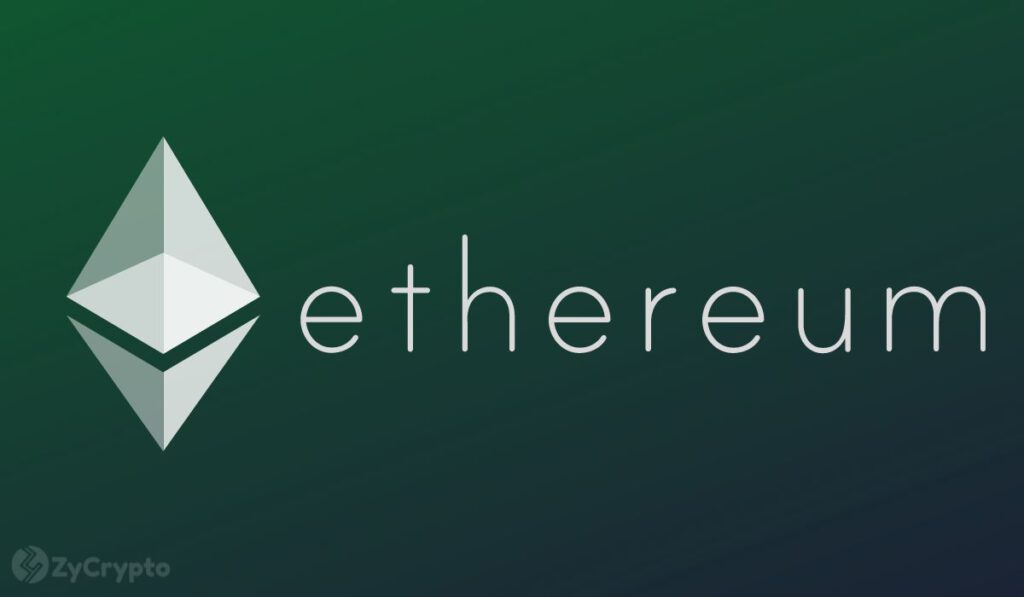The much-awaited “Merge” event has been completed, transitioning Ethereum into a vastly more energy-efficient one and marking the end of a five-plus year wait by the Ethereum community.
The event, broadcasted live on various outlets, started around 2.45 AM EST, with thousands worldwide converging to watch as the world’s second-largest blockchain was successfully ushered into a proof of stake consensus algorithm.
The merge is the most significant structural shift for any blockchain in the history of crypto and eradicates the mining concept, slashing Ethereum’s energy consumption by over 99.9%. “The merge will reduce worldwide electricity consumption by 0.2%,” Justin drake, an Ethereum researcher, said during the event.
For comparison purposes, flicking off the switch on Ethereum’s energy drain is like shutting down the energy grids of counties like Finland, Chile, Austria or Venezuela, according to one estimate.
Apart from changing how Eth coins are created, the upgrade has also altered how transactions will subsequently be validated. Under the Proof of Work regime, the network’s transactions health was maintained by miners competing to write transactions to its ledger, earning ETH rewards in return.
 
 
With the upgrade, miners are now replaced by validators. Validators deposit or “stake” at least 32 ETH on the Ethereum network to activate validator software. Going forward, validators will be responsible for storing data, processing transactions, and adding new blocks to the blockchain. This will keep Ethereum secure while rewarding validators with new ETH in the process. The more a validator stakes, the more blocks they will be granted to write, earning them more rewards.
Post merge, Ethereum, which houses a $200B plus ecosystem of Non Fungible Tokens(NFTs), decentralized applications (DApps), Crypto exchanges and other projects, is also expected to be more secure and scalable.
“Proof of stake lays the groundwork for scalability because it makes it easy for us to add other tasks,” said Vitalik Buterin, Ethereum’s co-creator, during the Merge public live stream.
While the upgrade did not address the network’s stubbornly high fees and slow speeds, Buterin has previously stated that they will introduce various improvements in a process he described as “the surge, verge, purge, and splurge” of Ethereum. These include “sharding”- an improvement that will split the blockchain into multiple partitions to spread the load, solving the network’s sluggish transaction times and high fees.
Meanwhile, despite the merge being a hot topic in the crypto-verse for almost a year, Ethereum’s price remained flat after the merge as traders took a risk-off, fearing wild volatility. The cryptocurrency traded at $1,582 after a $1.61% addition in the past 24 hours.


